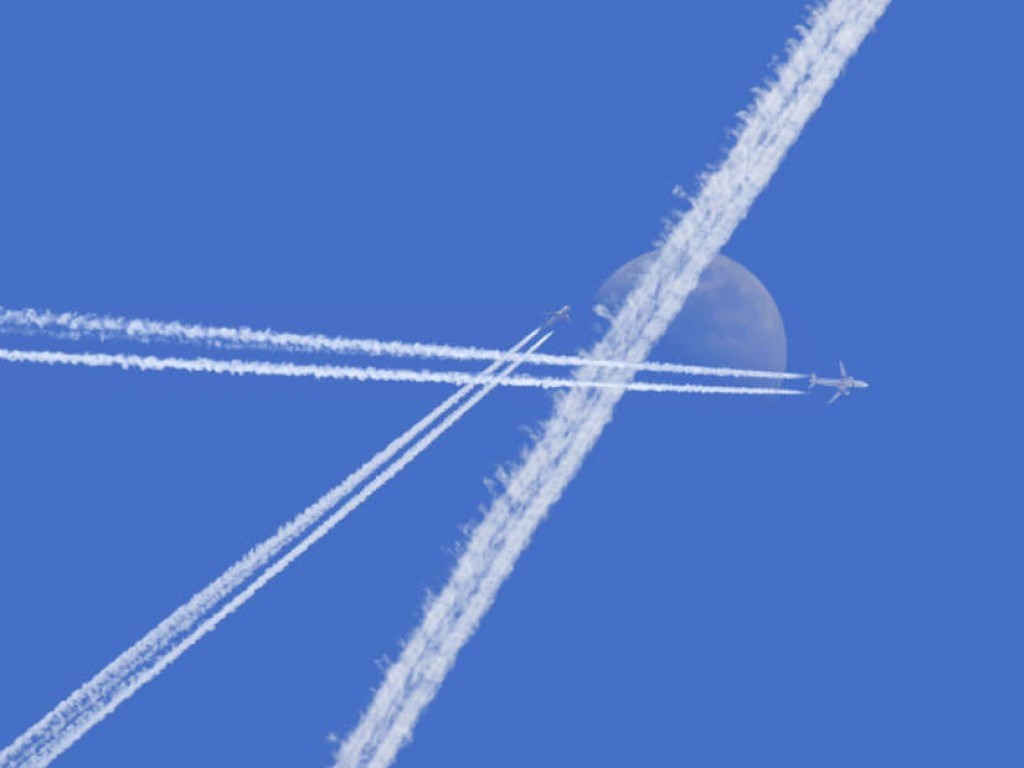
Flying accounts for about 5 percent of the human-induced warming of the planet, but that will grow, being among the hardest sources of greenhouse gases to replace without a major impact on our lifestyles. However, one piece of research suggests there might be a remarkably simple way to nearly halve the damage flying does.
Only around half (possibly less) of the contribution commercial air travel makes to global warming is from the carbon dioxide released from burning jet fuel. Most of the rest comes from particles known as black carbon, whose warming potential at altitudes far exceeds CO2 when ice molecules clump onto them, forming contrails.
Although our understanding of the effects of these contrails is far from complete, we know they depend heavily on atmospheric conditions. Depending on the ice saturation of the air in which they form, contrails can last anywhere between a few seconds and 18 hours. This has led to proposals for planes to fly over or under air pockets super-saturated with ice where the contrails tend to last. Unfortunately, altitude changes require extra fuel, adding to costs and offsetting some of the climate benefits. However, Dr Marc Stettler of Imperial College London has produced evidence altitude shifting has much more potential than previously recognized.
If you assume almost all flights will need to change altitude, the idea is very challenging to implement. However, in Environmental Science and Technology, Stettler concludes an astonishing 80 percent of contrails' warming effect comes from just 2.2 percent of flights; those during the late afternoon or night in weather conditions that encourage contrail persistence. The figures are based on in-depth analysis of flights through Japanese airspace, but Stettler and co-authors expect a global proportion to be similar.
If 98 percent of flights can go on exactly as they are, with only the tiny proportion of serious offenders needing to fly lower in summer and higher in winter, the increase in fuel consumption would be insignificant. A 59 percent reduction in contrail warming could be achieved, the paper claims, with a 0.014 percent increase in fuel consumption, a trivial hit to an airline's bottom line, and an easy one to implement very rapidly.
The authors also note technology that reduces engine production of black carbon is now available, and could eventually make a substantial impact as plane engines are replaced. Combining less-polluting engines with altitude adjustments on the worst 2 percent of flights could eliminate 92 percent of the contrail contribution to climate change.
Source: IFLScience
